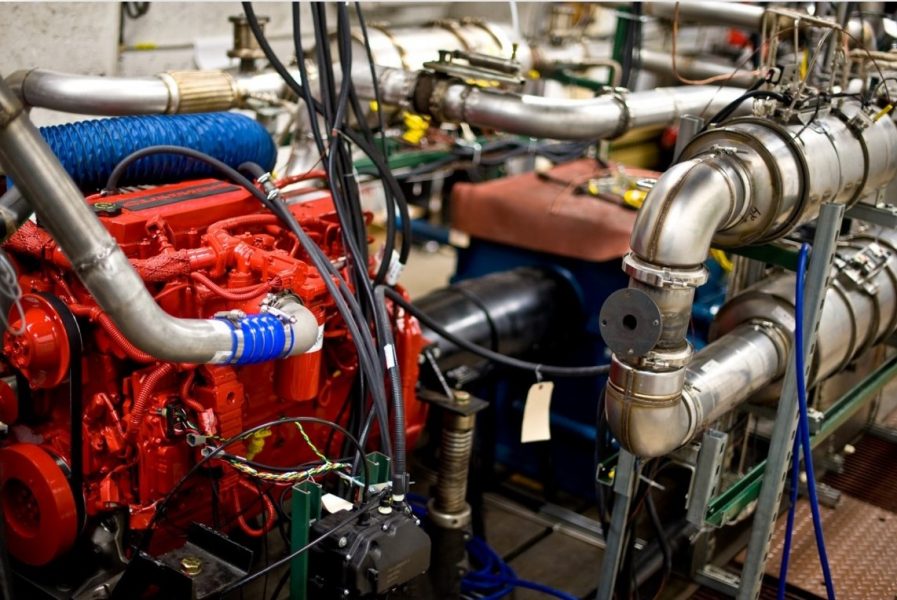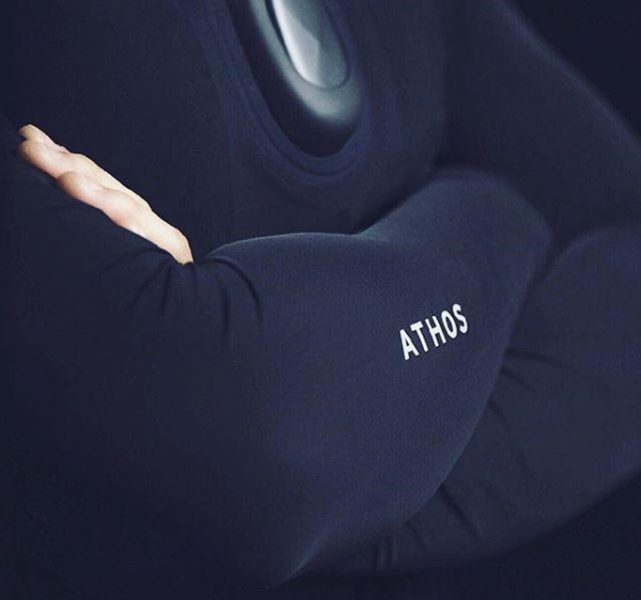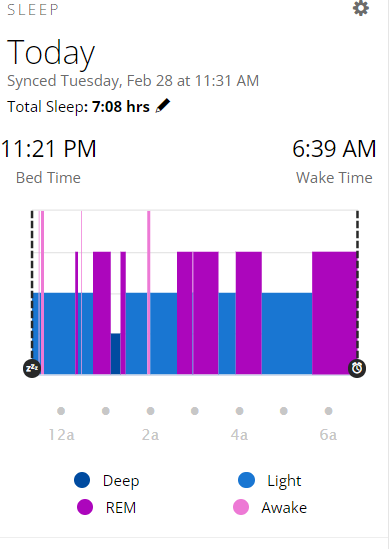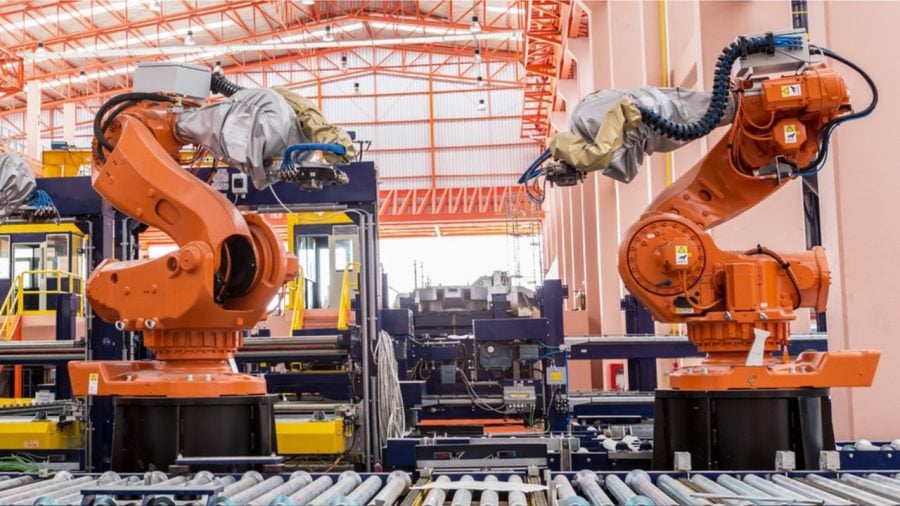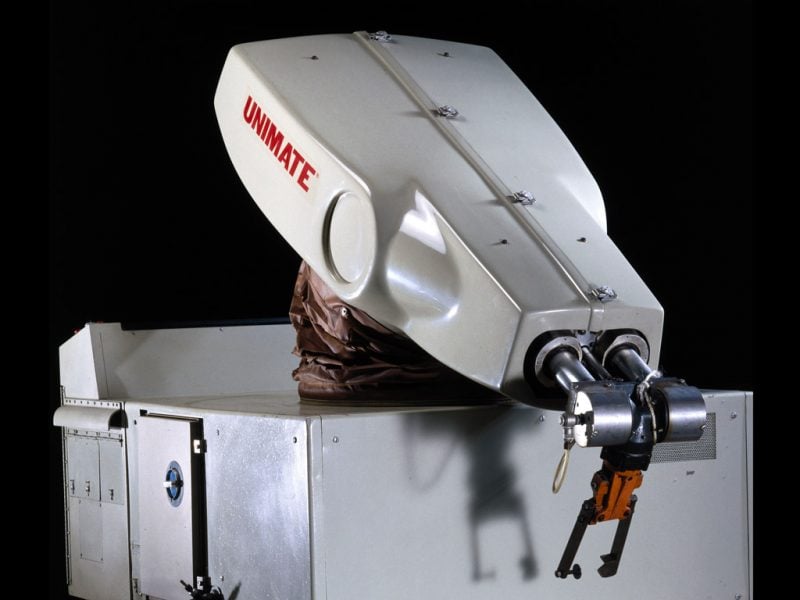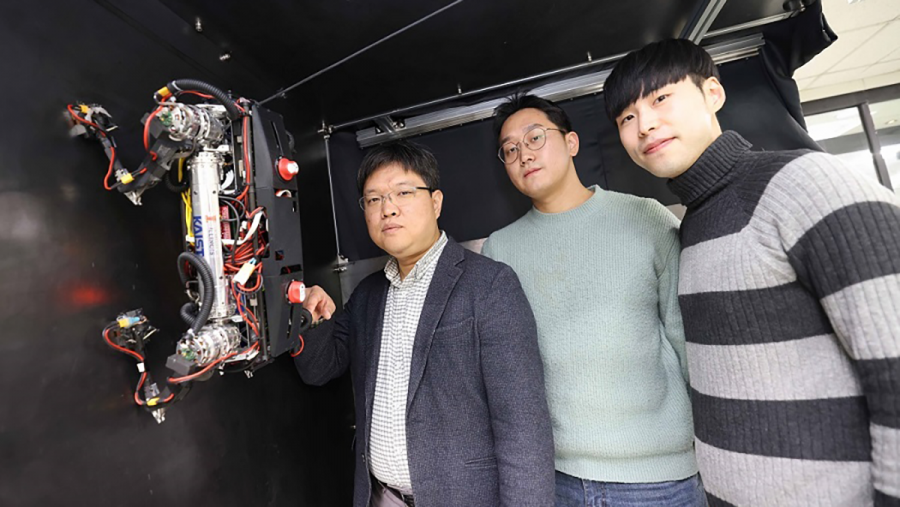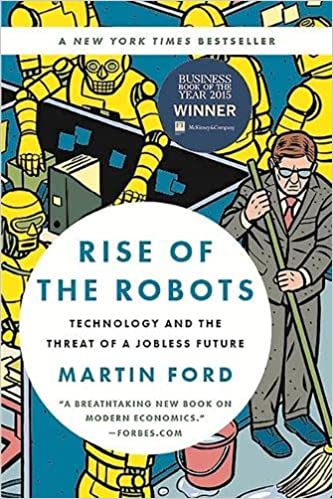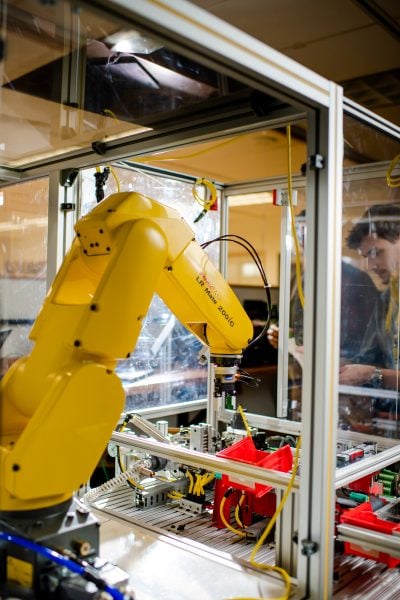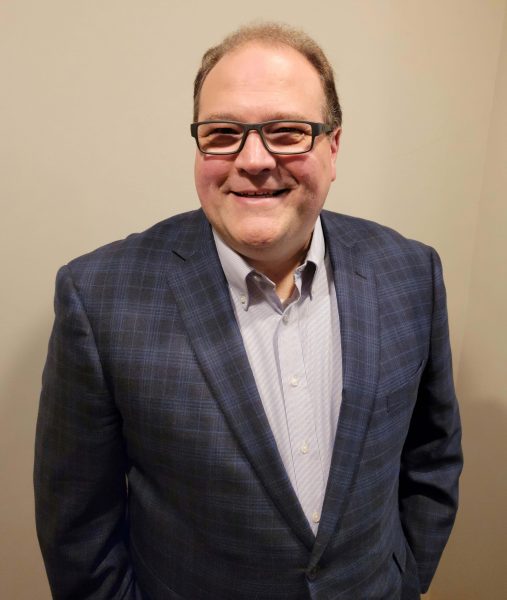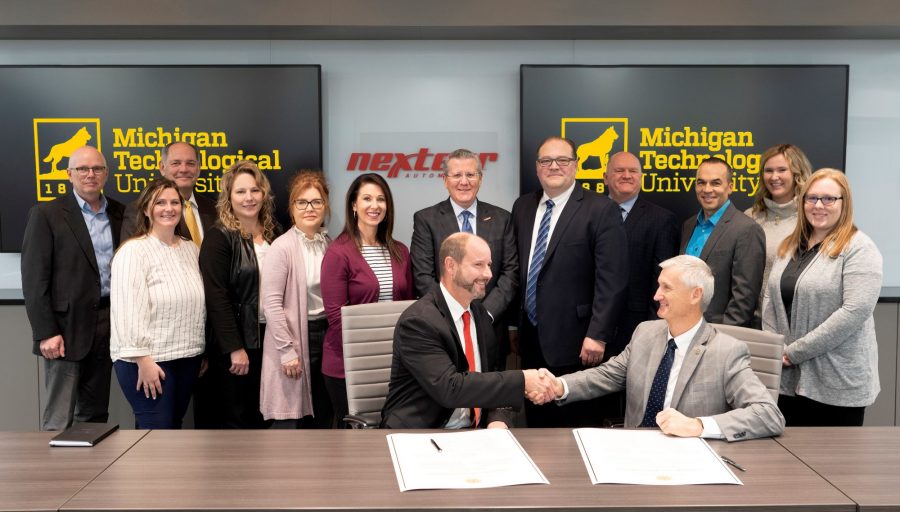Whether it’s been covering new education fellowship partnerships, reporting on Michigan Tech’s collaboration with the MEDC, writing about innovative mass timber research initiatives, researching the gifts of adult learners, welcoming new team members, or rushing to keep up with Global Campus Vice President David Lawrence, this blog writer has had a busy year. And while all these initiatives, and more, have been underway, I’ve also had to keep track of Michigan Tech’s new online courses and programs.
Recent Online Programs at Global Campus
For example, in the last year, the College of Business added the online TechMBA and the Master of Engineering Management. Both are accredited, 10-course programs that, in various ways, leverage your STEM expertise. Whereas the TechMBA provides foundational business skills, the MEM allows students to customize degrees that merge engineering and business. To promote these programs, Dr. Mari Buche, David Lawrence, and his Global Campus team graciously led several online virtual interest sessions, which were all well attended.
Leadership and learning are indispensable to each other.
Furthermore, the College of Engineering met the learning and leadership challenge with its Master of Engineering, a professional terminal degree. This degree allows students to focus on either a HEV (hybrid electric vehicle) track or an engineering track. For the engineering track, learners can combine courses from several disciplines. In fact, the master of engineering is ideal for those collaborating with their employer to develop a program to meet specific on-the-job needs.
More recently, the Department of Applied Computing has also added two new programs to its roster: Public Health Informatics and Foundations in Health Informatics. Both certificates can be stacked to form a master’s degree. Like other HI programs, these prepare students for diverse roles in the data-driven healthcare industry. Guy Hembroff, the Health Informatics director, also ensured that MTU’s CHI students have memberships in HIMSS. HIMSS (Health Information Management Systems Society) is a global society. It enables health information professionals to access resources, enroll in seminars, develop networks, search for jobs, and much more. In other words, it gives MTU’s Health Informatics students an edge.
Global Campus Bridge Courses
Bridge courses are short, intensive, preparatory online courses that help learners acquire the necessary knowledge and skills to enter advanced study. This study might mean an undergraduate program, graduate degree, or graduate certificate. Often, bridge courses are for students who are provisionally accepted into a program.

For instance, in September of 2022, Teresa Woods, Associate Teaching Professor in Mathematical Sciences and Linear Algebra aficionado, taught our first bridge course: Linear Algebra. Her ten-week, asynchronous online course was aimed at prospective students who needed the LA requirement to enroll in MTU’s Online Master of Science in Applied Statistics program.
Woods’ course covered fundamental linear algebra concepts as used in Applied Statistics. Some of the topics included systems of equations, vectors, matrices, orthogonality, subspaces, and the eigenvalue problem.
To learn more about this course, email Teresa Woods (tmthomps@mtu.edu).
Linear Algebra is once again running for the Fall 2023 semester. And there are still a few seats left. Right now, the proposed start date is Sept. 18, 2023.
Newer Professional Development Opportunities
Fundamental Courses and Bootcamps
Global Campus also had the privilege of working with subject matter experts to promote in-demand professional development courses. Also known as continuing education and career training, these courses allow those in the workforce to hone skills, acquire specialized training, develop leadership abilities, and stay up-to-date on current trends.
Currently, Michigan Tech offers both non-credit and for-credit pd courses.
For example, during the summer of 2023, APS Labs rolled out its short, but rigorous course on Diesel Engine Fundamentals. Despite the turn to EV, this course recognized that diesel engines weren’t going anywhere soon. That is, diesel engines are still in light-duty vehicles, medium and heavy-duty trucks; in commercial vehicles (trains, trucks, buses, barges, and boats); in army vehicles; and in generators.
This course was conveniently available in both online and in-person versions. Its goal was educating those pursuing careers in the automotive industry, commercial vehicles, power generation, or related fields.

Also, Kevin Johnson, Assistant Teaching Professor, Manufacturing and Mechanical Engineering, lent his significant expertise to summer students. He taught an an intense 20-hour in-person hydraulics bootcamp. In his course, students learned about several topics crucial to hydraulics, such as valves, pumps, motors, circuits, and closed-loop hydrostatic systems.
Upcoming Professional Development Courses
Python for Modern GIS

Furthermore, recognizing the need for more Python professionals in the GIS world, Parth Bhatt (Assistant Teaching Professor / Researcher from the College of Forest Resources and Environmental Sciences) is offering a 7-week, asynchronous, online course for Fall 2023.
His Python for Modern GIS and Remote Sensing course will help students learn beginning and immediate-level applications of Python for understanding and writing simple scripts, automating workflows, and solving day-to-day, real-world geoprocessing tasks in the ArcGIS ecosystem and open-source platform.
Dr. Bhatt, a dynamic teaching professor who lives and breathes GIS, is also on deck to develop online for-credit certificates for his department. Stay tuned for more developments.
And, yes, you still have time to register for Bhatt’s course.
Civil Asset Management
As well, the Department of Civil, Environmental, and Geospatial Engineering has recently added a 3-credit, synchronous online course in Civil Asset Management. This course is taught by Mark Declercq, who brings three decades of valuable, practical civil asset expertise to the classroom. In fact, as Grand Rapids Engineer, Declercq was one of the first experts with boots on the ground during that city’s massive flood event.
Civil Asset Management (CEE 5390) will help students develop long-term plans, as well as the strategic, critical thinking they need to recognize and maintain the value of our all-important civil assets. Declercq also maintains that to develop resilient and affordable solutions and to tackle upcoming sustainability challenges, engineers definitely need Civil Asset Management skills.
Keep Up With Global Campus as We Learn and Grow
In the future, Global Campus plans to offer additional non-credit and for-credit courses and programs. Our goals are advancing the personal development, career goals, and leadership opportunities that come with education. We also recognize the importance of challenging all learners to grow, to think creatively and critically, and to prepare for tomorrow.
We’ll keep you posted as we assist in developing and supporting new programs. For updates, read this blog or follow us on social media.
And remember, regardless of where you are in your educational journey, whether you want to take a course for fun or for your future, it is never too late to start learning.
Anyone who stops learning is old, whether at twenty or eighty. Anyone who keeps learning stays young.


